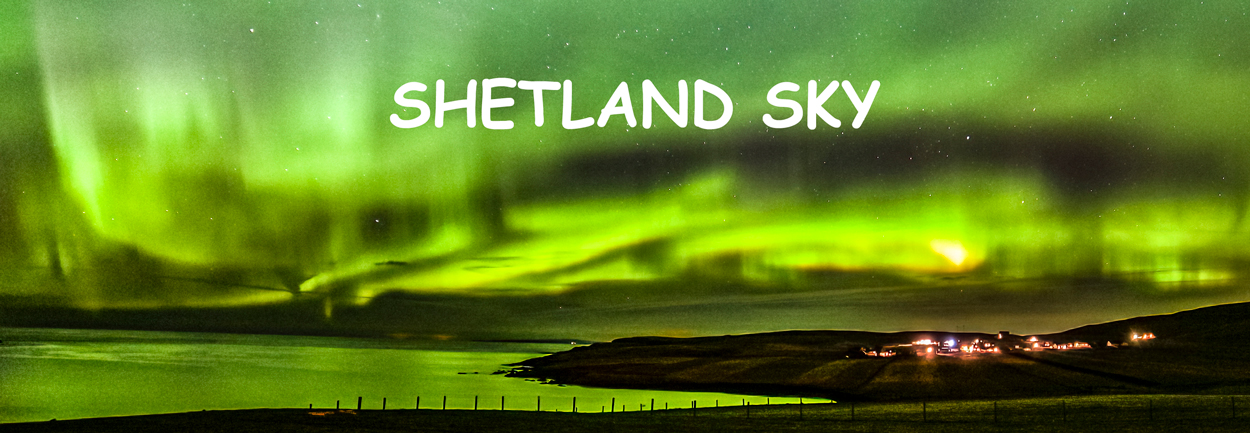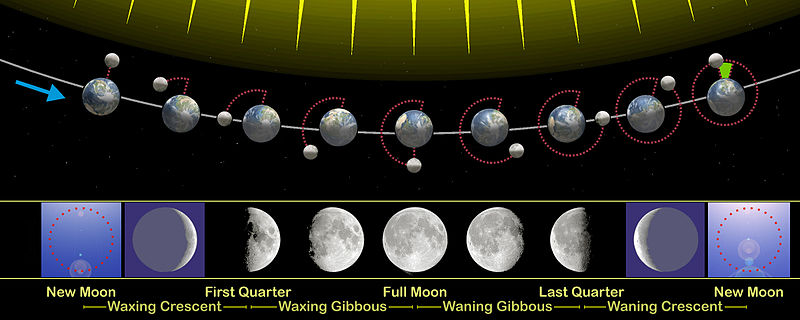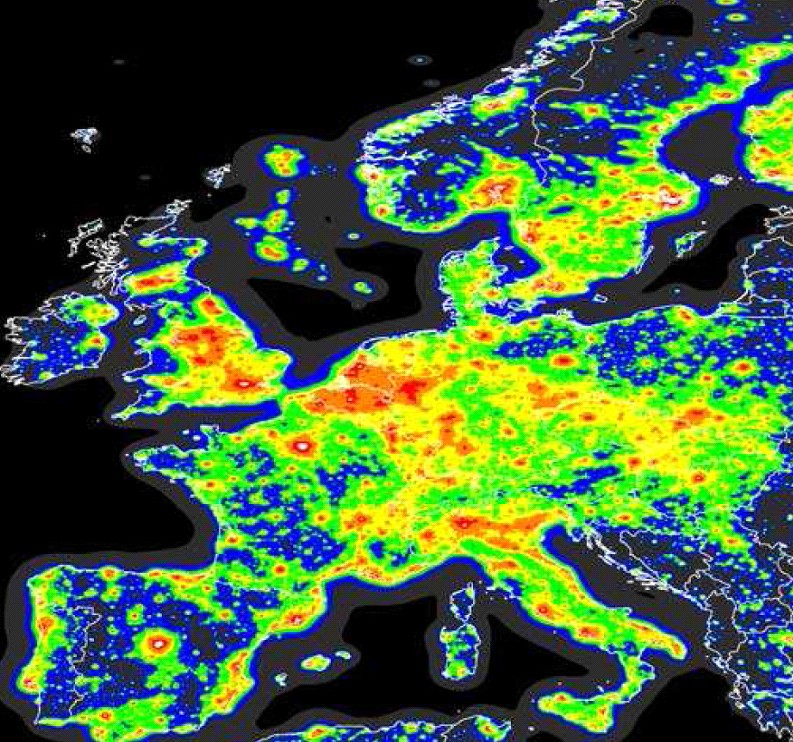Move on another 15 years and this time i had chance to look through several telescope at the Sheffield Astronomers open night up in the Mayfield valley . What a difference, these had solid tripods and were guided, and with a choice of anything from a 6 inch to a 12 inch scope you could see the difference in quality as we viewed Jupiter and its moons.
Talking to the people that owned the telescopes it became clear that they only managed to use them around 12 times during the year, either due to other commitments or due to poor weather. That's the problem with Britain , - the weather. I know from trying to get out to photograph the night skies that it was over 3 months before viewing conditions were right and when I could spare the time over this last winter. On a couple of occasions i set off as the weather forecast said it would be clear only to find low cloud, or on one occasion fog. Unlike Australia where it seems that you could get out at least once or twice a week, for an all night session, it seems that time is very limited here.
Also when it is clear it might be too windy to keep the telescope steady, definitely a problem in Shetland, so for now at least I have decided against getting a scope which will give me more time to research the area. Many people I have spoken to have rushed in and found later that their choice of equipment was wrong. Its time to save a little more and get better equipment, especially as I would want to take photos through the scope.
We see many images today taken with then Hubble telescope and imagine that we can see this sort of quality from where we stand. We can take photos of reasonable quality but not the detail that the Hubble can bring. Even without telescope it is possible to photograph the night sky and this is what I aim to do over the coming months. Shetland has alot of very dark nights over a longer period of time than here in Sheffield, so as soon as we move to Shetland we can get started using our normal photography equipment.
I asked on Shetlink whether anyone in Shetland had a telescope.It was interesting that only one person responded saying he had a telescope (well 3 telescopes in fact). I am sure there are more !!
One thing you can do is to experience the night sky yourself by just looking up and being amazed at what can be seen throughout the year
It is worth keeping an eye on this website for the latest news
http://www.astronomy.shetland.co.uk/ and is full of hints for better observation


















